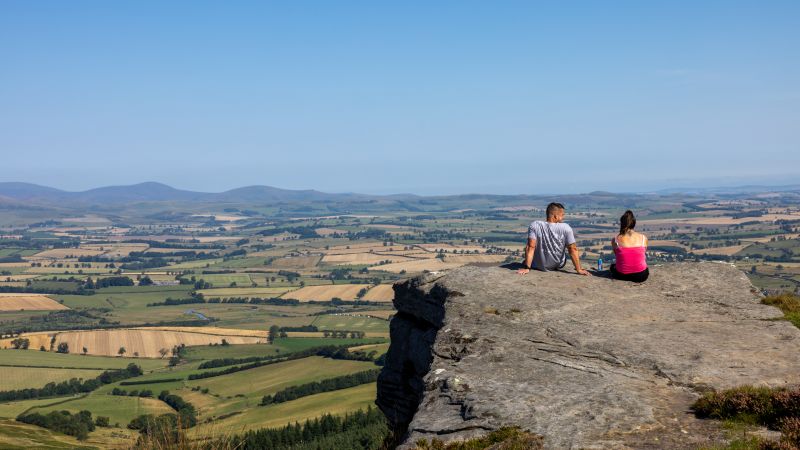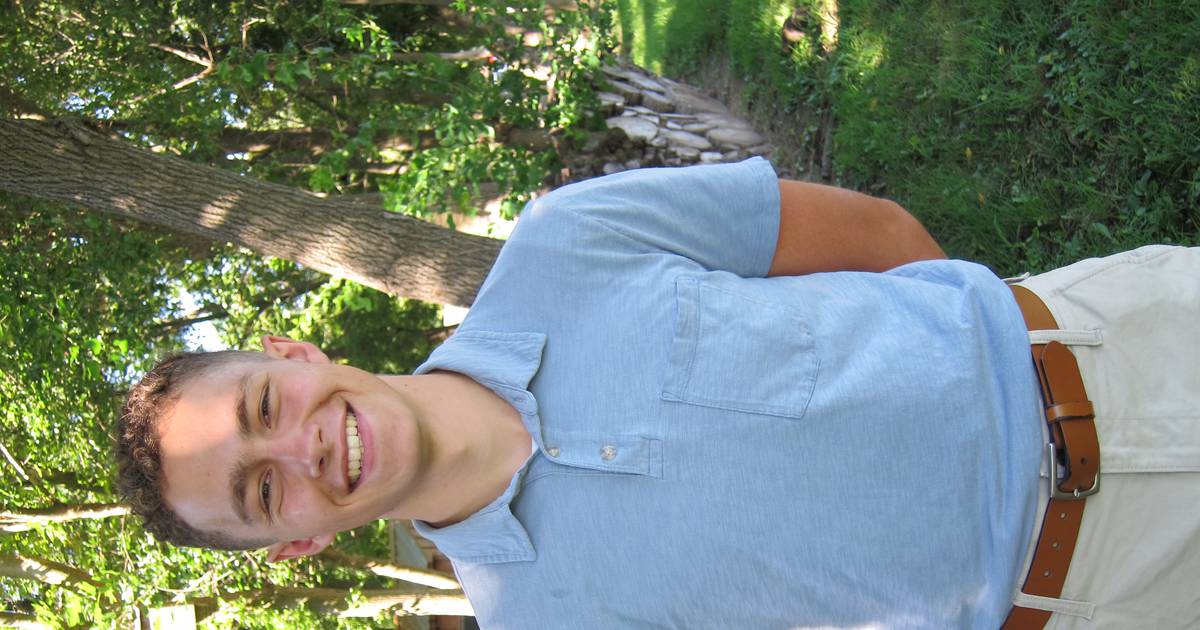Copyright Cable News Network

EDITOR’S NOTE: Call to Earth is a CNN editorial series committed to reporting on the environmental challenges facing our planet, together with the solutions. Rolex’s Perpetual Planet Initiative has partnered with CNN to drive awareness and education around key sustainability issues and to inspire positive action. Broadcaster and naturalist Sir David Attenborough is lending his support to an appeal to raise £30 million ($40 million) to buy and a conserve a huge land estate in the UK. The Rothbury Estate is in the heart of Northumberland — a county in North East England, on the border with Scotland. Covering 9,486 acres (around 3,839 hectares), it features woodlands, rivers, historic ruins and the Simonside Hills, famed for their craggy profile and panoramic views. For almost seven centuries, the land has been owned by the Percy family, the Dukes of Northumberland, but in 2023, it was listed for sale by their youngest son, Lord Max Percy — making it the largest piece of land to be on the market in England for the last 30 years. “We were interested immediately,” said Mike Pratt, CEO of Northumberland Wildlife Trust. “It happens to lie next to lots of other estates and partners — the National Trust, National Parks, and others. “We want to try and make a 40-mile [64-kilometer] nature corridor stretching between the north-east coast of the country (Druridge Bay) right through to the Scottish-English border at Kielder Forest.” In October 2024, The Wildlife Trusts, which is made up of 46 local UK Wildlife Trusts, in partnership with Northumberland Wildlife Trust, bought the western side of the estate, which includes the Simonside Hills and a mixture of lowland, woods, riverside and farmland. The charity also launched a £30 million ($40 million) appeal to buy the rest of it. “People keep saying it seems a lot of money, but if you think about what we spend on infrastructure, roads and all of that, it’s nothing,” said Pratt. “We need to invest in nature if we want it to work.” Conservation at scale Currently, the land is home to a range of animals, including the merlin, the UK’s smallest falcon, summer breeding birds like the wood warbler, and endangered red squirrels and eels. But Pratt says the wildlife could be richer and even more diverse, and beyond nature conservation and restoration, The Wildlife Trusts’ plan for the land — around the size of the Greek capital Athens — also focuses on rewilding. “We might bring in more traditional breeds that act like the original animals that came into that landscape,” he said. “Original horses, ponies, rare-breed cattle, beavers, someday maybe even European bison.” While some have raised concerns about how conservation efforts will affect the farmers currently working on the land, Pratt says the Trusts will work with farmers, including to produce sustainable meat for the surrounding communities, which will have a positive effect for the local economy. “We’re after a really big site like this because it’s not enough to own little bits anymore,” he said. “We’ve got to really do something at scale if we want to restore nature to 30% of [UK] land; it’s 7% at the moment.” The UK government has committed to protect 30% of its land and sea for nature by 2030, as part of a global UN target. “Where people and nature can thrive” So far, individual donations and fundraising efforts, largely from people in Northumberland, mean the charity’s raised just under a third of its £30 million ($40 million) goal, but with just one year left to raise the rest of the funds, Attenborough — President Emeritus of The Wildlife Trusts — has joined the appeal. “People know and love the Simonside Hills that rise here. They walk the ridges and listen for the calls of the curlew,” he said in a statement. “They watch for red squirrels and admire the views as they scramble among the crags. They walk along its remote paths and marvel at the astonishing rock carvings left by our distant ancestors, who once lived here.” “With the communities who live and work at Rothbury, The Wildlife Trusts will create a place where people and nature can thrive side by side.” If they fail to raise the rest of the money by September 2026, Pratt fears the land will be broken up for multiple different uses which wouldn’t focus on nature, such as commercial forestry and more intensive farming. “It would break up the landscape, and we’d lose this once in a lifetime nature opportunity,” he said.



